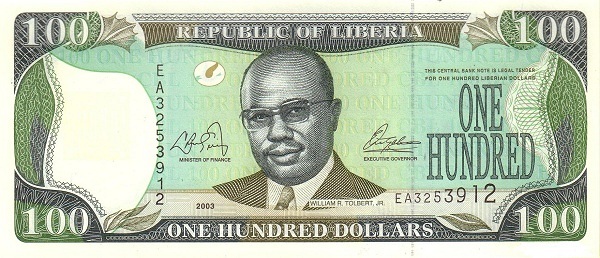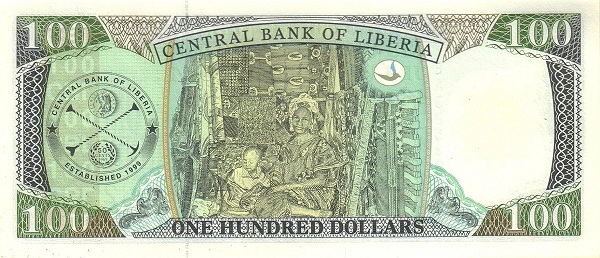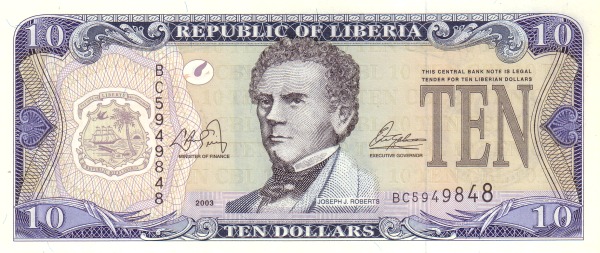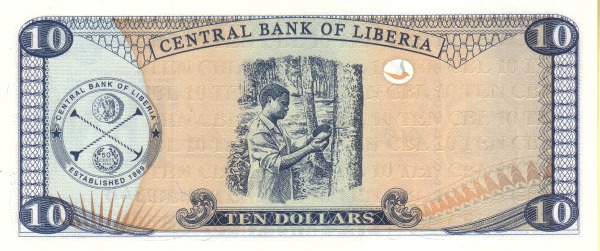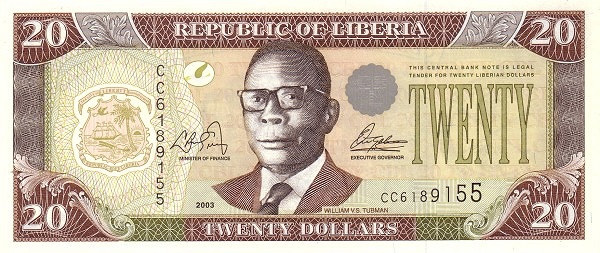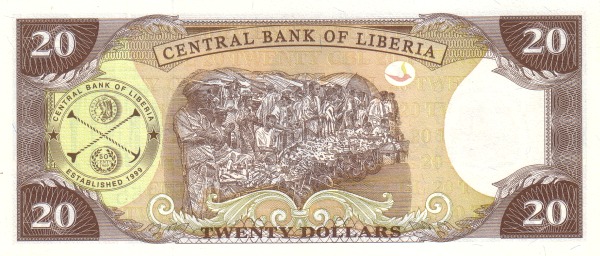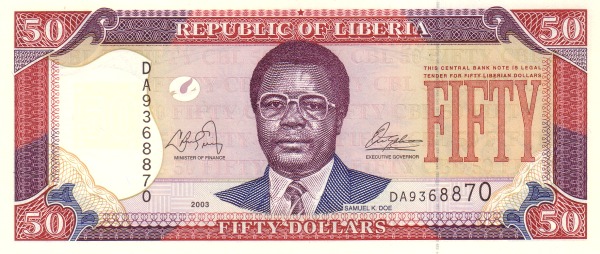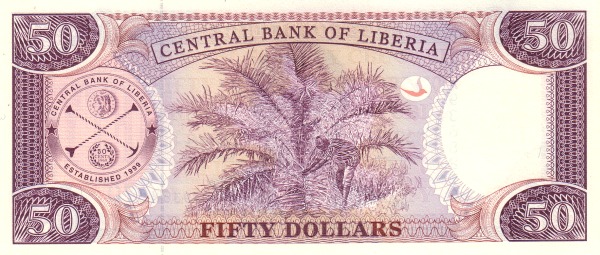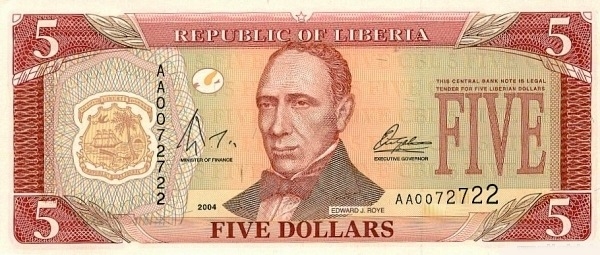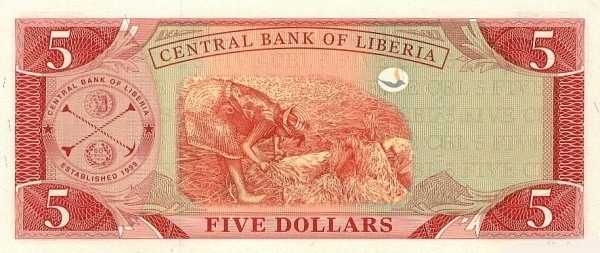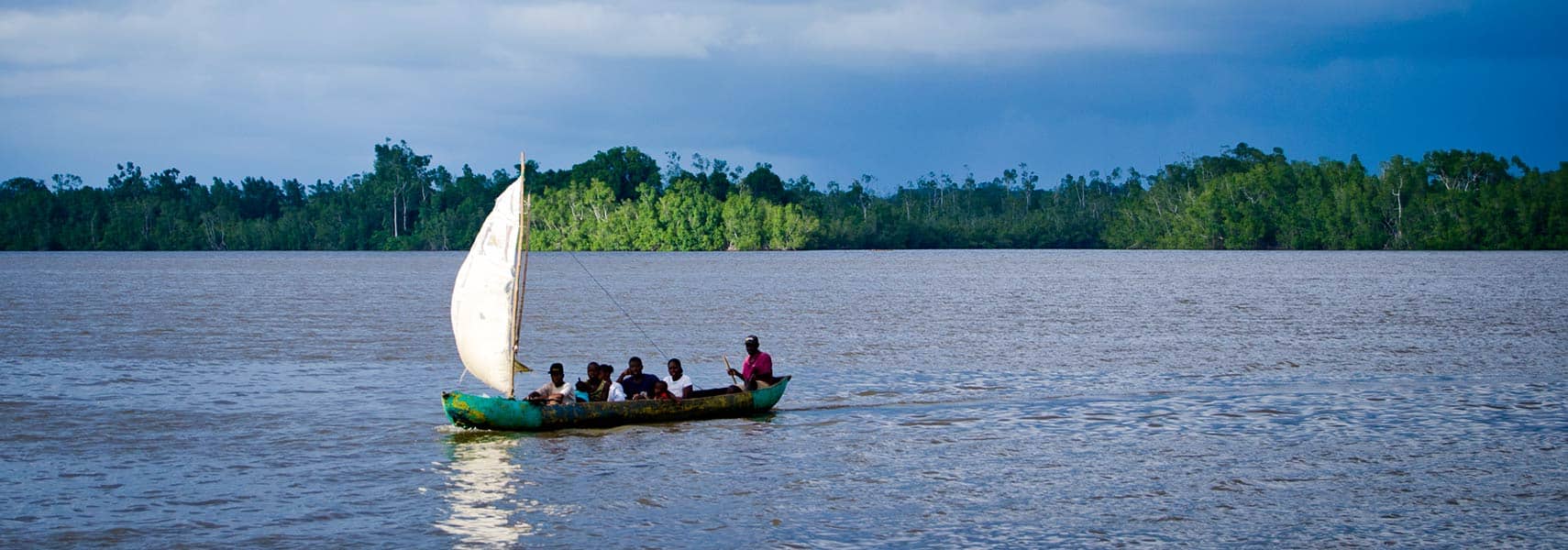Liberia: The “Land of the Free”
Welcome to Liberia, the “Land of the Free,” a vibrant tropical country nestled in West Africa. This beautiful nation boasts a captivating coastline along the North Atlantic Ocean. Historically, it was recognized as the Pepper Coast and subsequently named the Grain Coast. Geographically, Liberia finds itself bordered by Sierra Leone, Guinea, and Côte d'Ivoire.
Covering a total area of approximately 111,369 km² (43,000 sq mi), Liberia is slightly larger than the European nation of Bulgaria. In fact, it is also comparable in size to the U.S. state of Tennessee. Despite its significant land area, Liberia faces numerous challenges. With an estimated population of around 4.5 million people as of 2015, the capital city, Monrovia, serves as the largest urban center. Interestingly, Monrovia acquired its name from James Monroe, the fifth President of the United States, rather than the famous actress Marilyn Monroe. Along the coast lie major urban centers such as the port cities of Harper and Buchanan, which play vital roles in the country's economy.
In terms of language, Liberians primarily speak English, which serves as the official language. Additionally, many residents use an English-based pidgin known as Liberian English, along with various indigenous languages that enrich the nation's cultural tapestry.
The Economic Landscape of Liberia
Undoubtedly, Liberia is among the poorest nations globally, grappling with a staggering unemployment rate that reaches 85%. Corruption permeates various levels of government, further complicating efforts for national improvement. The scars of a 14-year civil war remain evident, as this conflict claimed approximately 250,000 lives, with countless others fleeing the violence. Additionally, in 2014, Liberia was severely impacted by the most devastating Ebola epidemic in recorded history, which took a heavy toll on the country's healthcare system and economy.
The Republic of Liberia: A Brief Historical Overview
Marking the End of Strife
In 1997, following eight long years of civil war, Liberia initiated a new chapter with free and open presidential and legislative elections. Once in power, President Charles Taylor wielded significant executive authority, largely unchallenged by political opposition. However, the relentless fighting and exodus of businesses disrupted economic activities across the nation. This instability hampered the rebuilding of the social and economic infrastructure in this war-ravaged country.
In 2001, as renewed rebel activities escalated, the United Nations imposed sanctions on the nation, specifically targeting Liberian diamonds alongside an arms embargo and a travel ban on government officials. The situation deteriorated further until an August 2003 peace agreement actively ended the conflict, prompting Taylor's resignation. He faced serious war crimes charges in The Hague due to his role in Sierra Leone's civil war. After two years under a transitional government, the country successfully held democratic elections in late 2005, resulting in Ellen Johnson Sirleaf ascending to the presidency. Although the United Nations Mission in Liberia (UNMIL) maintains a strong presence to support recovery efforts, the security situation deteriorates, necessitating long-term reconstruction plans.
A Unique Government Structure
The governance of Liberia operates as a unitary state within a presidential representative democratic republic framework. This system, modeled after that of the United States, features a multi-party environment. The President serves as both the head of state and head of government, while a cabinet appointed by the President seeks confirmation from the Senate. The National Assembly is bicameral, consisting of both a Senate and a House of Representatives. Interestingly, Liberia's legal framework blends elements of common law, informed by Anglo-American practices, with customary law traditions.
Geography and Natural Features of Liberia
Geographically, Liberia occupies a unique position in Western Africa, situated along the North Atlantic Ocean, nestled between Côte d'Ivoire and Sierra Leone. Its overall area measures about 111,369 km² (43,000 sq mi). The country presents a varied terrain featuring three distinct regions: picturesque mangrove swamps and sandy beaches that grace the coastline; lush wooded hills and semi-deciduous shrublands found further inland; and low mountains in the northeast. Liberians proudly proclaim that their nation houses 40% of West Africa's remaining rain forests, showcasing its rich biodiversity.
The tropical climate influences daily life significantly. Winters become hot and humid, while dry days and cool nights often characterize the season. Furthermore, from December to March, dust-laden harmattan winds sweep across the country from the Sahara. Summers become a dance of heavy rainfall and cloudy skies, offering frequent heavy showers that nourish the landscape.
The Cultural Fabric of Liberia
The national identity of Liberia is reflected in its diverse population. With a national population of 4.5 million (as of 2015), ethnic groups within Liberia exhibit vast plurality, with the Kpelle, Bassa, Gio, and Kru groups making significant contributions. The socio-cultural scene showcases an interesting blend of faith, with approximately 40% of the population identifying as Christian, another 40% adhering to Animist traditions, and around 20% practicing Islam. Notably, the nation recognizes 16 indigenous languages, intertwining communication with culture.
The Economy of Liberia
Economically, Liberia is rich in natural resources, including iron ore, rubber, timber, diamonds, gold, tin, and crude oil reserves along the Atlantic Coast. The agriculture sector also plays a crucial role, with Liberia producing coffee, cocoa, sugarcane, rice, cassava, palm oil, and an assortment of fruits and vegetables. In addition to agriculture, significant industries include iron ore mining, rubber production, palm oil processing, timber, and beverages.
When considering Liberia's trading landscape, the country exports a range of commodities such as rubber, timber, iron, diamonds, cocoa, and coffee. Back in 2015, notable export partners included Poland, China, and India, highlighting the global connections expanding Liberia's reach. Conversely, imports range from fuels and chemicals to machinery and foodstuffs, with partners including Singapore and China.
The Currency and Economic Outlook
The official currency in use is the Liberian Dollar (LRD). As Liberia continues to recover and rebuild its economy, the path toward prosperity becomes clearer, but challenges remain. The commitment toward establishing a stable social and economic structure is critical for the nation’s future development.
In summary, Liberia holds a rich history intertwined with resilience and a promising future. The country's unique geographical features, ethnic diversity, and resources can propel it toward a more prosperous tomorrow, ensuring that the “Land of the Free” lives up to its name.
Largest cities of: Liberia
| City Name | Population | Year of foundation | |
| Monrovia | 1,042,000 | 1822 | |
| Kakata | 30,000 | 1870 | |
| Gbarnga | 25,135 | 1964 | |
| Zwedru | 22,000 | 1979 | |
| Buchanan | 22,000 | 1835 | |
| Harper | 15,000 | 1831 |
Liberia: Money
